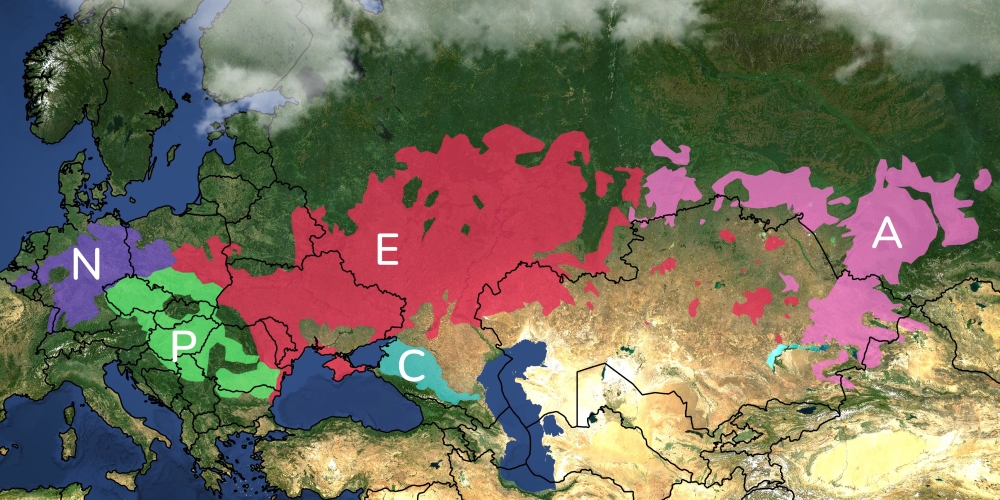
The Last Common Hamsters
The common hamster, once a familiar sight in European fields, is now teetering on the brink of extinction. Nature filmmaker and ecologist David Cebulla's (opens new window) documentary, "The Last Common Hamsters" ("Die Letzten Feldhamster") (opens new window), explores this crisis. The documentary aired on the 17th of January 2025 at David Cebulla’s YouTube channel (opens new window).
# Looking for The Common Hamsters
The film combines three years of fieldwork in central Germany with excursions to Hungary, France, Poland, and Austria, creating a portrait of this declining species. The team even journeyed into the Kazakh steppe to capture the first video record of a common hamster in its original steppe habitat.
The observations and warnings in the documentary can be found in other literature as well for instance in the paper analysing the population developement of common hamster in Alsace, France: "Saving the common hamster (Cricetus cricetus) from extinction in Alsace (France): potential flagship conservation or an exercise in futility?", John O'Brien, (2015) (opens new window). This particular area has been visited during the production of the documentary and gives the insight on how the sitiuation for the common hamster there is today. Sadly this is one of the examples of rather unfortunate developement and the struggle to keep the species in this region alive.
The on-site interviews with local farmers and officials provide a comprehensive view of the challenges and potential solutions for common hamster conservation. These challenges notably include habitat loss and fragmentation due to agricultural practices, pesticide use that directly harms hamsters and reduces their food sources, and the overall simplification of agricultural landscapes.
While the EU's Common Agricultural Policy (CAP) aims to support farmers and promote sustainable agriculture, some of its historical implementations have indirectly led to practices detrimental to biodiversity. However, the CAP is evolving, with increasing emphasis on biodiversity conservation and environmental protection through measures like agri-environmental schemes. These schemes encourage farmers to adopt practices that benefit wildlife, such as maintaining field margins, reducing pesticide use, and diversifying crops. These changes in agricultural landscapes, both past and present, have significantly affected the hamsters by reducing food sources and disrupting their natural burrows and breeding grounds, pushing the species toward extinction.
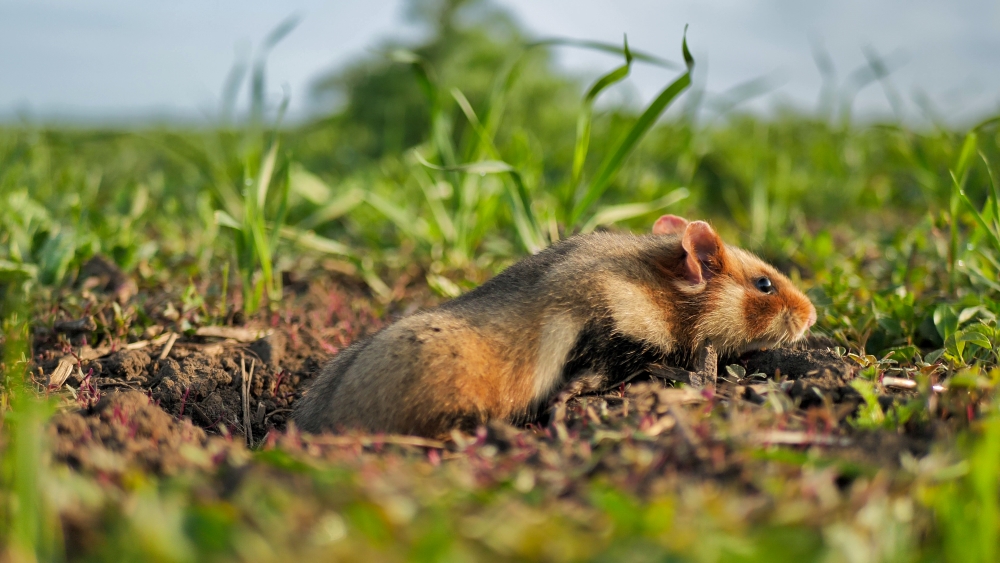
# Zooming in on Extinction: Using Satellite Imagery to Track Last Common Hamsters
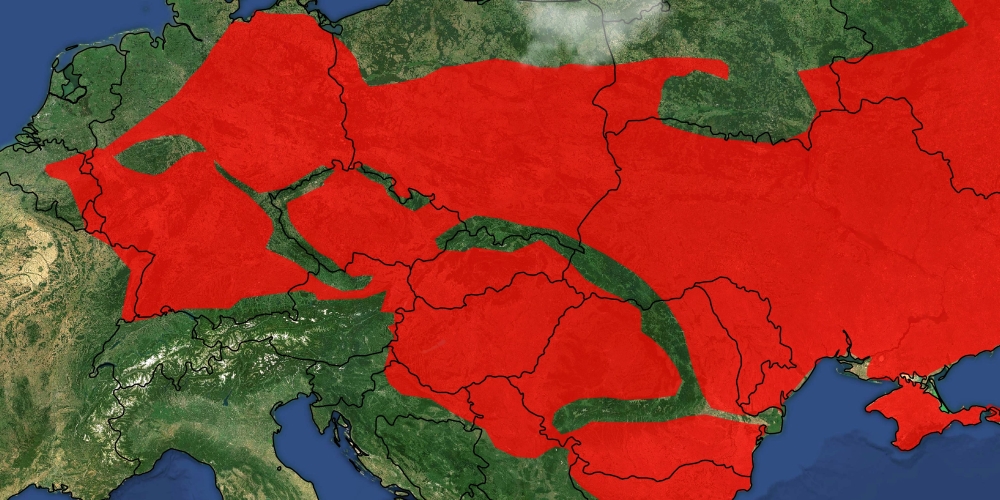
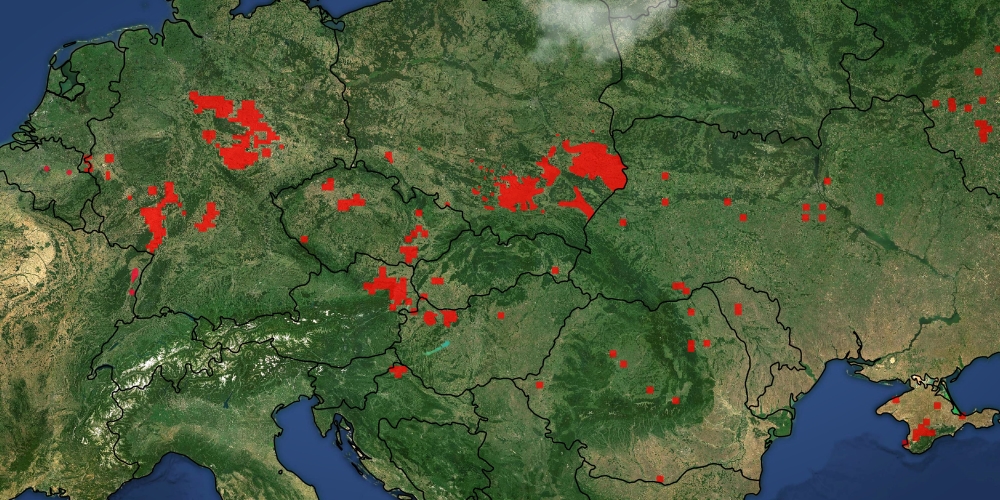
By using high-resolution satellite images from Sentinel-2, provided by EOX, David Cebulla created stunning animated maps visualizing the decline of the common hamster over the past century. Compiling the latest data, he produced a distribution map of the species as of summer 2024, revealing a 75% reduction in its European range since the mid-20th century. A separate animation showed the distribution of distinct genetic lineages within the species (see the banner image at the top of this article), offering insights into the hamster's evolutionary history. All data was meticulously referenced using QGIS to ensure accuracy before being integrated into the final animations.
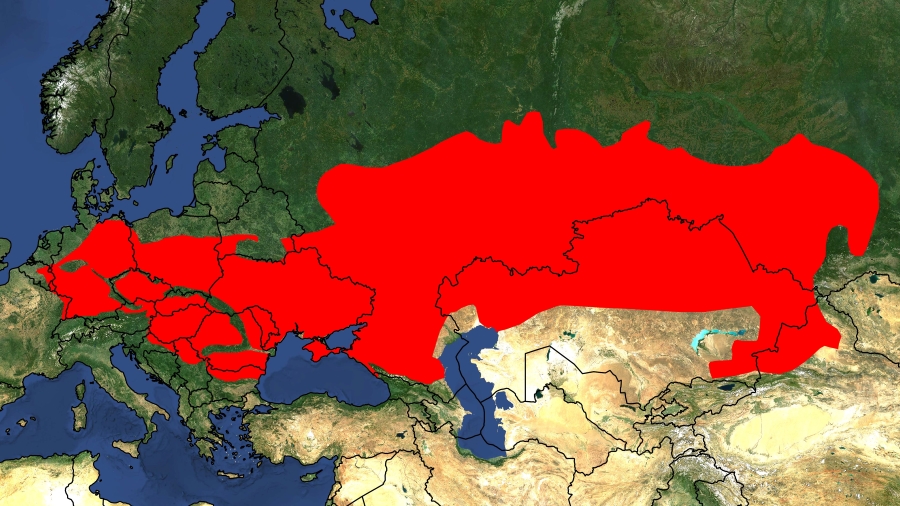
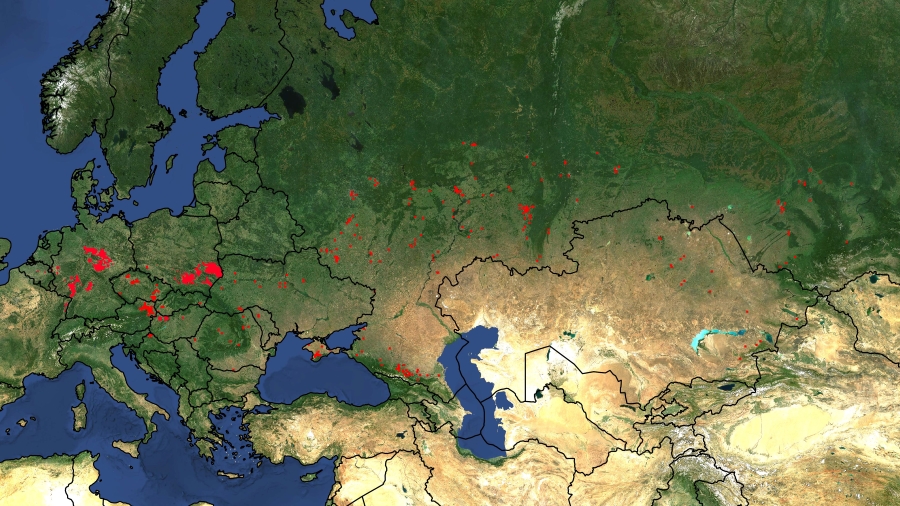
# Small Species under Large Threat
"The Last Common Hamsters" is a call to action. By combining science and storytelling, David Cebulla has created a tool for raising awareness about the plight of the common hamster. As we face a biodiversity crisis, it is important to find ways to monitor and protect vulnerable species. To raise awareness and support the protection of the common hamster, the filmmakers have made the film available free of charge. EOX provided free licenses for high-resolution satellite imagery, which helped to shed light on the need for conservation efforts.
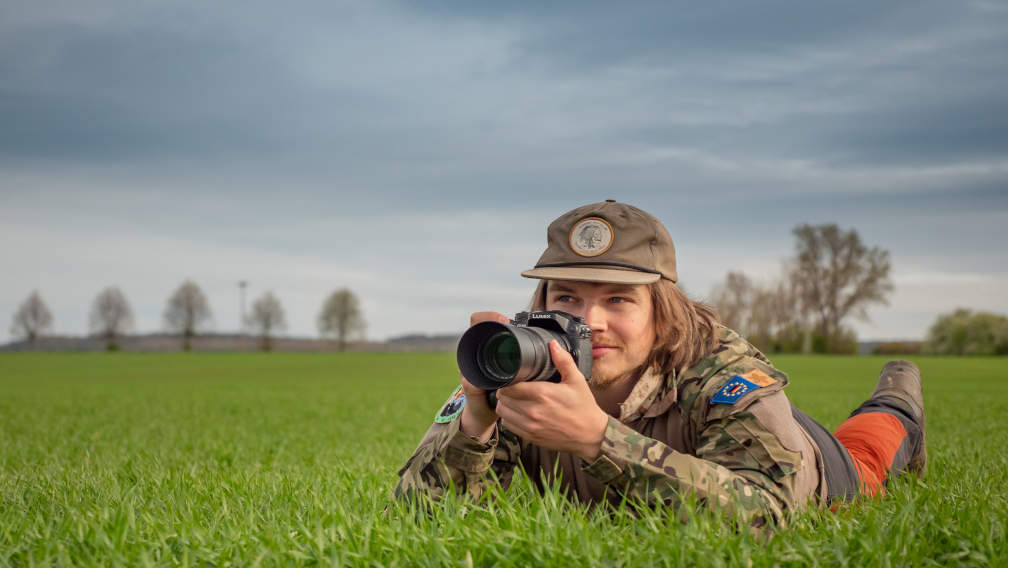
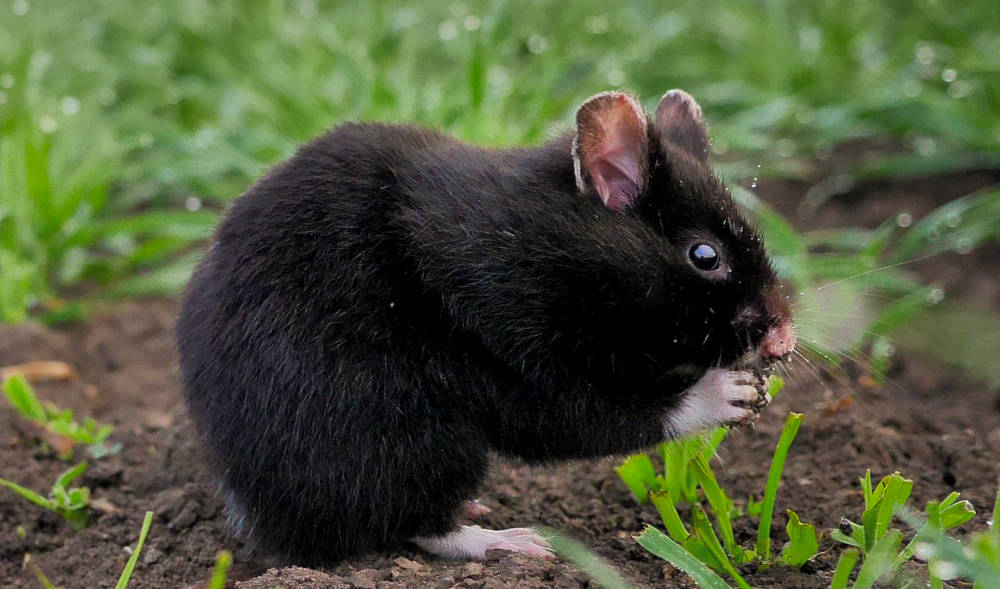
EOX thanks David Cebulla and his team for their dedicated work in raising awareness on this topic through their commitment to the conservation of species and their habitats.
If you liked this excursion into the world of these little mammals, feel free to explore more:
- The Last Common Hamsters - Trailer (opens new window)
- The Last Common Hamsters - Full Documentary (opens new window)
- David Cebulla Youtube Channel (opens new window)
- The Last Common Hamster Website (opens new window)
- David Cebula Naturfilmer & Ökologe Website (opens new window)
EOxCloudless:
- EOxCloudless - Sentinel-2 Cloudless Map View (opens new window)
- EOxCloudless Website (opens new window)
Attribution:
- Sentinel-2 cloudless - https://s2maps.eu (opens new window) by EOX IT Services GmbH (Contains modified Copernicus Sentinel data 2023)
- Wild Whiskers Media – Cebulla & Moldenhauer GbR Impressum (opens new window)
David Cebulla, Wild Whiskers Media Email: dc@davidcebulla.de
Heide Moldenhauer, Wild Whiskers Media Email: redaktion@davidcebulla.de
Miriam Mabeya, EOX IT Services GmbH Email: miriam.mabeya@eox.at
Petr Ševčík, EOX IT Services GmbH Email: petr.sevcik@eox.at